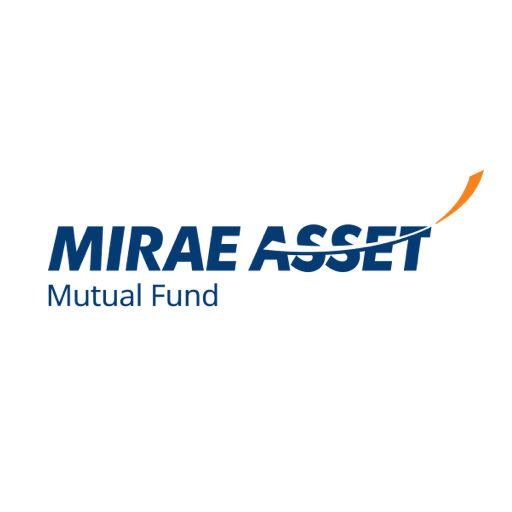Should you invest in NFOs Mirae Asset FANG+ ETF, FANG+ ETF Fund of Fund?

Mirae Asset MF, one of the fastest-growing fund-houses in the country, is launching two passive mutual funds. The first one is Mirae Asset NYSE FANG+ ETF, which is an open-ended scheme replicating/tracking NYSE FANG+ Total Return Index (TRI). The second product is Mirae Asset NYSE FANG+ ETF Fund of Fund (FoF), an open-ended fund of fund scheme predominantly investing in Mirae Asset NYSE FANG+ ETF. FANG refers to the stocks of four prominent American technology companies: Facebook (FB), Amazon (AMZN), Netflix (NFLX), and Alphabet (GOOG). Later, 6 other companies were added to the group, which is now known as FANG+.
Do note that Indian MF investors already have some existing funds to play the US tech stocks theme. For instance, there are some NASDAQ funds. There are also US tech funds, which feed your money directly to foreign funds. Apart from them, IT/tech sectoral funds also have freedom to invest in US tech stocks. So, how are Mirae Asset FANG+ ETF, FANG+ ETF Fund of Fund different? Read on to know more.
Mirae Asset NYSE FANG+ ETF
This is an exchange traded fund, which means it can be bought and sold on the stock exchanges. In the NFO period, the AMC will give the ETF units. But, later you can sell or buy more from the stock exchanges.
An ETF tracks an index. Mirae Asset NYSE FANG+ ETF will track NYSE FANG+ TRI, a 10-stock basket of tech giants. The FANG+ index provides an opportunity to take focused exposure to global innovation leaders across social media, e-commerce, products, streaming, search engine, electric vehicles, computer graphics, online shopping and Chinese search engine. The 10 stocks are Nvidia, Facebook, Apple, Amazon, Alphabet, Alibaba, Baidu, Tesla, Twitter and Netflix. These global companies do not just follow future mega trends but rather drive the change with their constant innovations.
The weight of each stock in FANG+ index is set at 10% (equal weight) on the date of rebalancing. Between the rebalancing, the weight of each index constituents may drift due to price movement observed for each stock. The periodical rebalancing occurs every 3 months.
The FANG+ index has out-performed S&P 500, Nasdaq 100 and Nifty 50 indices in 1, 3 and 5 year time periods. The INR has historically depreciated against USD and EUR over long-term, adding to investors’ return. When INR depreciates, the value of foreign asset increases and vice versa.
The FANG+ ETF is a way to take concentrated exposure to 10 tech stocks for Indian investors looking beyond India. Also, the ETF provides passive international exposure predominantly to US markets at low cost.
Mirae Asset NYSE FANG+ ETF Fund of Fund (FoF)
This is a tweaked version of the ETF. The FoF structure will allow investors to make SIP (systematic investment plan). While you will need a demat account to invest in the ETF, the FoF helps you to invest in ETFs without a demand account.
However, the FoF will be little bit costlier than the ETF because the costs of the ETF will be added on in the fund of fund structure.
Taxation
Do note that though the ETF and FoF will invest in US stocks, their taxation will be similar to debt funds.
Other details
The minimum investment amount during NFO is Rs 5,000.
In the FoF variant, SIP can be done for monthly and quarterly (Rs 5,000). Also, there is an exit load of 0.5 per cent for amounts redeemed from the FoF within 3 months from the date of allotment. If redeemed after 3 months from the date of allotment, there will be nil load.
From the terms of valuation, the FANG+ index which is the basis for the ETF and the FoF M has a forward P/E of 35.99 times whereas its historical average over last two year stands at 34.21 times. It’s neither cheap nor expensive. Any meaningful correction opens the field for you to take a call on Mirae Asset NYSE FANG+. So, investments can be considered.

